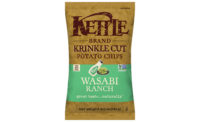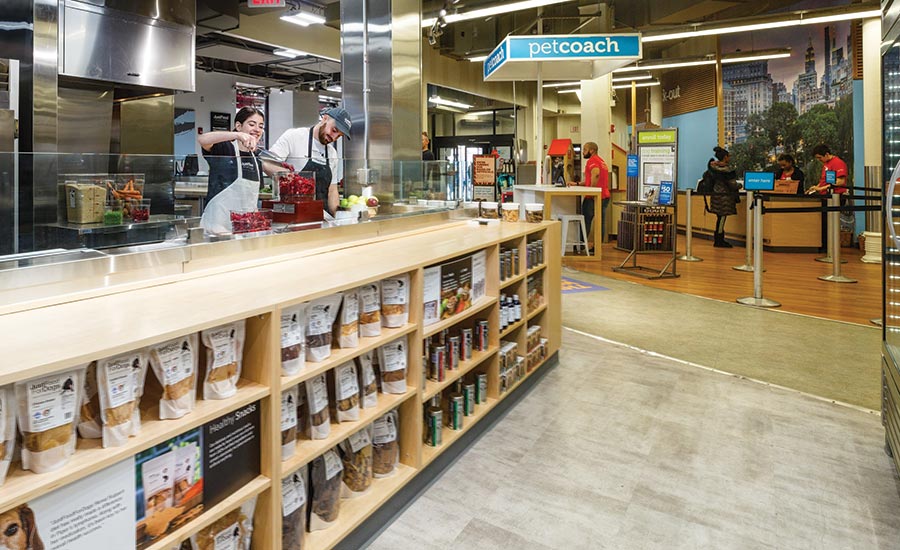Four Trends Influencing Pet Foods
Packaged Facts attributes much of the growth in the pet food market to the rapid acceleration of online sales
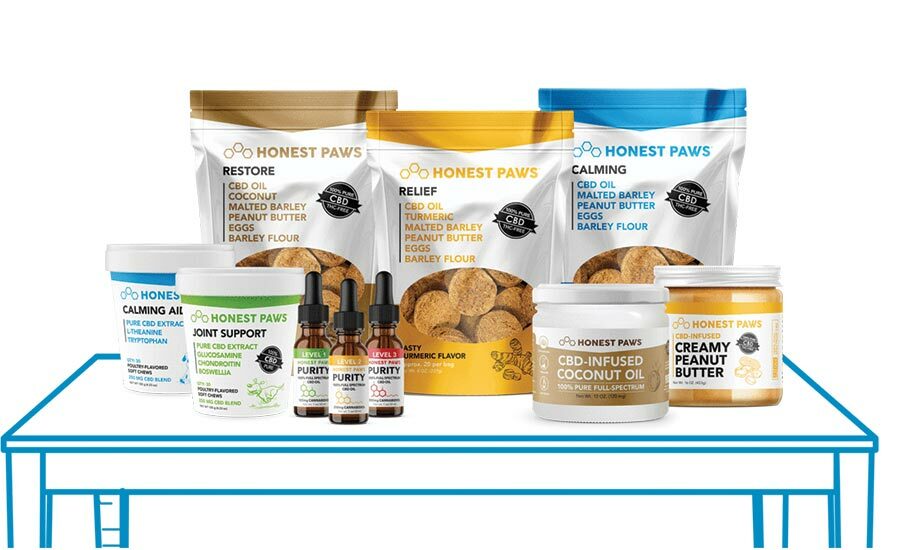
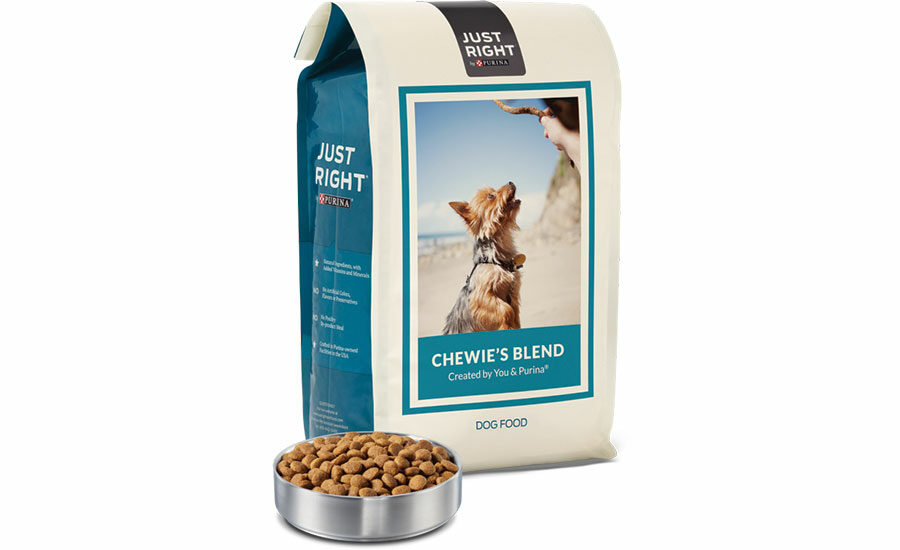
Purina to Pet Owners: "Tell us about your dog. We’ll formulate and package a custom nutrition blend—and shipping is free."
PHOTO COURTESY OF: PURINA / NESTLE SA (WWW.JUSTRIGHTPETFOOD.COM)
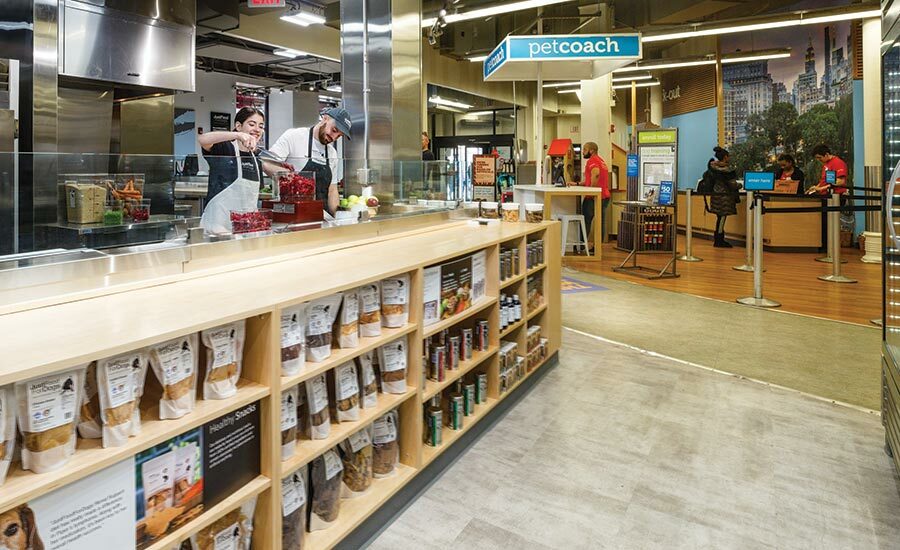
JustFoodForDogs planned to open the first in-store pet food kitchen this summer at Petco’s flagship store in New York City's Union Square. The kitchen will prepare fresh, human-grade pet food daily.
PHOTO COURTESY OF: PETCO (WWW.PETCO.COM)



The US retail market for dog and cat food ended 2018 with sales of $27 billion, up more than 4% compared to 2017, according to market research firm Packaged Facts and its report, titled, “Pet Food in the US, 14th Edition.”
Packaged Facts attributes much of the growth in the pet food market to the rapid acceleration of online sales, driven especially by behemoths Amazon.com and Chewy.com, whose rapid advances have been more than offsetting the resultant drag on brick-and-mortar sales.
“Although brick-and-mortar retailers have been losing sales to e-tailers, the Internet has been delivering incremental sales growth in the pet market overall,” says David Sprinkle, research director for Packaged Facts. “E-commerce sales have, in fact, been so strong that they have been more than off-setting sluggish pet product sales in other channels. We at Packaged Facts estimate that 12 million households purchased pet products online in 2018, attracted by the competitive prices and the endless aisle appeal of Internet sellers, and this number will only increase in the coming years. For pet food marketers, an omnichannel approach is therefore a necessity in a business whose consumer base will increasingly be doing some or all of its pet food shopping online.”
Because of this, in 2019 and beyond, Packaged Facts forecasts blockbuster online sales will play an important part in the market’s future. Yet this isn’t the only trend that will drive the market. Here are other important market drivers according to Packaged Facts.
Trend 1: Personalized Pet Food—
“Customized, personalized pet foods embody a range of overlapping trends, taking advantage of the ease and convenience of online sales, the desire for top notch ingredients and clean label foods, and pet owners’ desire to provide human-style variety to their pets,” notes Sprinkle.
Packaged Facts’ research reveals that opportunities in personalized pet food range from home-delivered, customized (HDC) pet food, to the use of meal toppers and add-ins, and even in-store test kitchens. Marketers and retailers are experimenting with these trends—such as Petco with its JustFoodForDogs in-store kitchens; Purina with its customized “Just Right” brand sold online; and Ollie with its partnership with Jet.com.
Allowing pet owners to pre-craft meals that are delivered to their doorstep, customize bulk foods with broths or toppers, or subscribe to a service that provides freshly prepared meals are all ways pet food marketers can cater to pet owners’ desire to go above and beyond standard kibble and spearhead the next generation of super premium pet food.
Trend 2: Spotlight on Sourcing, Sustainability, and Animal Welfare—
“Pet owners want safe, nutritious foods for their fur babies, and two opportunities tie in with this demand—ingredient sourcing and ingredient claims,” says Sprinkle.
Packaged Facts reports that a greater degree of transparency on the part of pet food marketers will be key to winning and keeping pet owner trust, with “clean” labels that tout ingredients sourced in a safe, sustainable, and ethical manner playing a big part in pet owners’ decision-making process. The other side of this coin involves a laser focus on ingredients, whether it be from a functional perspective or to highlight “free-from” claims, further educating pet owners as to how good nutrition can help their pets live longer and healthier lives.
Today’s pet owners are looking for ingredients that support overall health and help manage health conditions, but they are also looking to avoid ingredients that they feel are unsafe or that have been raised/harvested/created in a way that is socially, ethically, or environmentally irresponsible. Accordingly, pet food marketers need to promote sought-after ingredients while ensuring their labels tell the full and true story.
In related trends, Packaged Facts expects to see the progressive edge of super premium pet food shift from the ingredient label to broader, more holistic concerns such as the preservation of natural nutrition (largely through fresh pet foods), and to see “super premium” increasingly encompass the proactive involvement of prestige marketers and retailers in economic system, sustainability, and animal welfare initiatives.
Trend 3: Premiumized (Further) Cat Food—
The dog food category has long been the primary focus of super premium pet foods. In many cases, companies have introduced products for dogs and then spun off cat products almost as an afterthought (a case in point being grain-free), rather than building distinctive super premium cat foods brands from the ground up. This is in obvious contrast to the best-selling mainstream cat food brands, such as Fancy Feast, Sheba, Friskies, and Meow Mix, all of which are tightly focused on cats and cat owners. Now that super premium dog food has gone mainstream, it is time to turn the spotlight on our feline friends.
Opportunities abound. Despite the plethora of cat food options on the market, many cats still suffer from conditions that could be alleviated with better quality, more focused nutrition. Not only is the feline digestive tract markedly different from the canine, cats tend to suffer urinary tract issues with much greater frequency. Misconceptions also abound regarding a cat’s need for hydration; periodontal issues are widespread (affecting 70% of cats over two years of age and 85% of those over five); and cat obesity is at an all-time high. Many of these critical health issues can be helped or even resolved by a more nutritious diet.
Because cat owners are increasingly informed about the health and nutritional needs of their cats, they are increasingly receptive to—and willing to pay more for—better quality products, leaving it to pet food makers to continually raise the health and wellness bar.
Trend 4: Growing CBD Opportunities, Applications in Pet Food—
As a functional ingredient, the future prospects for hemp-based products have arguably never been higher. Cannabidiol, or CBD, received an enormous amount of attention in 2018 when the Food and Drug Administration (FDA) approved the first human drug containing CBD for sale in the US and that momentum has grown rapidly through the early months of 2019.
In part, more consumers are now learning about the difference between industrial and pharmaceutical hemp compared to “recreational” strains or those sold at marijuana dispensaries. Another factor is that CBD is appearing more frequently not just in select products for humans but also increasingly in supplements and treats for pets, according to market research firm Packaged Facts in the recent report US Pet Market Outlook, 2019-2020.
“CBD-infused pet products are on pace to quickly go from niche to norm, spurred in part by the humanization trend and pet parents’ desire to see their fur babies live calm, comfortable lives,” says Sprinkle. “Already, numerous companies are involved in creating CBD products for pets. With the current trajectory, various industry experts confidently anticipate the number of active participants in the segment to double next year.”
Most of the CBD treats on the market come from companies that specialize in CBD products for people rather than pet-focused marketers. Among these is Honest Paws, which promotes its treats as “the #1 rated CBD dog treat” on its website; Canna-Pet treats, available in three varieties; Austin and Kat, with treats positioned as “healthy, calming, and restorative”; and Pet Releaf, whose Edibites are billed as a “superfood smoothie…an immune system turbo boost” (petreleaf.com). Pet specialists offering hemp-based treats (without specifically mentioning CBD) include NaturVet, Wet Noses, and Zesty Paws, all touting a range of benefits including immune system support and relief from stress, anxiety, allergies, and joint pain.
Visit www.packagedfacts.com to learn more about both pet market studies.
Looking for a reprint of this article?
From high-res PDFs to custom plaques, order your copy today!



